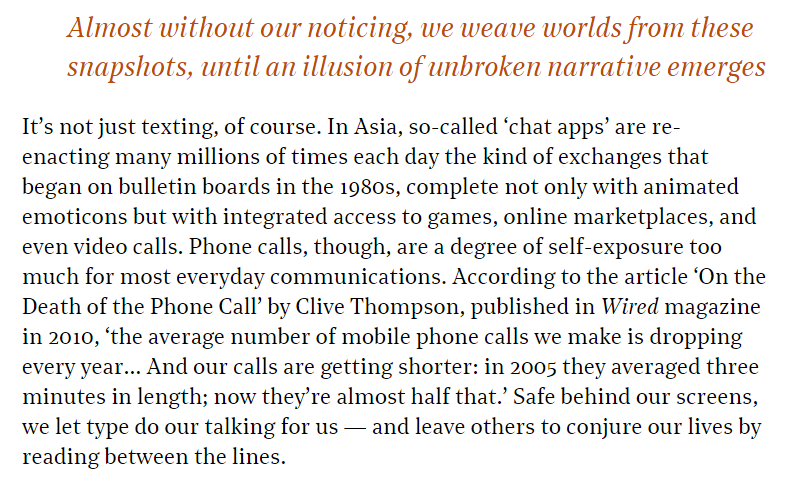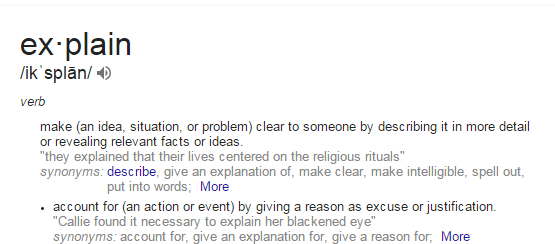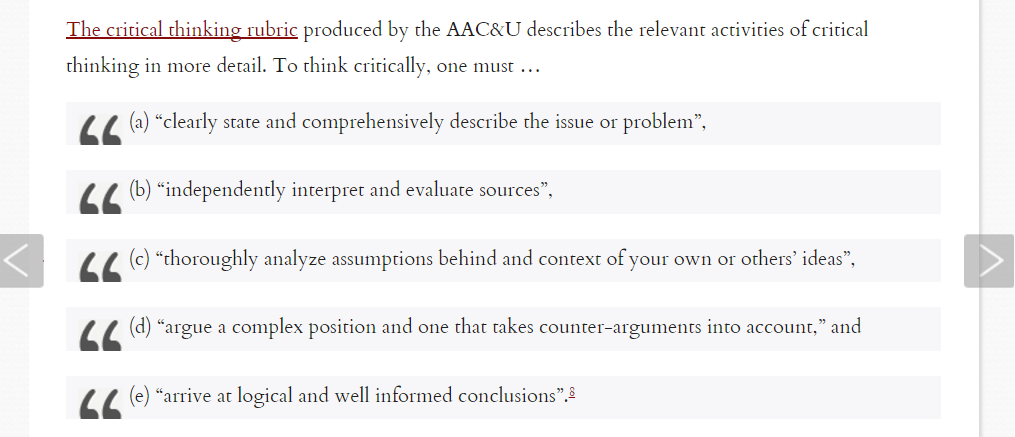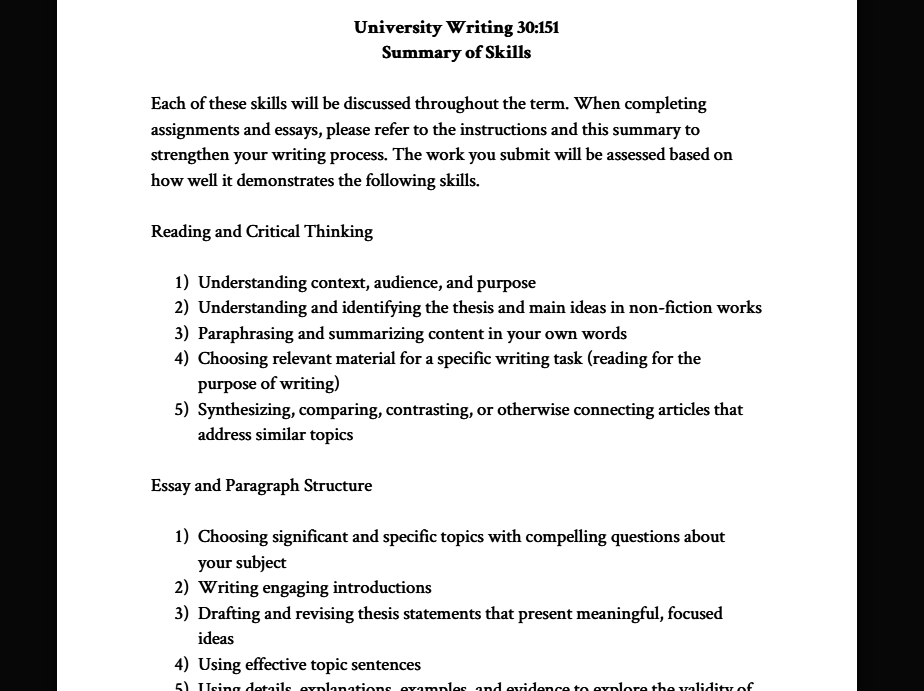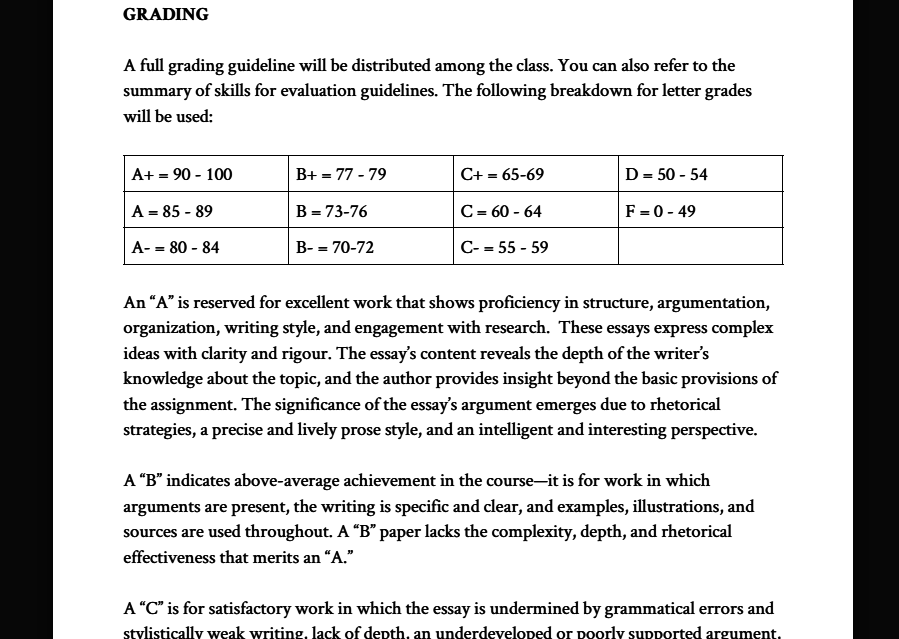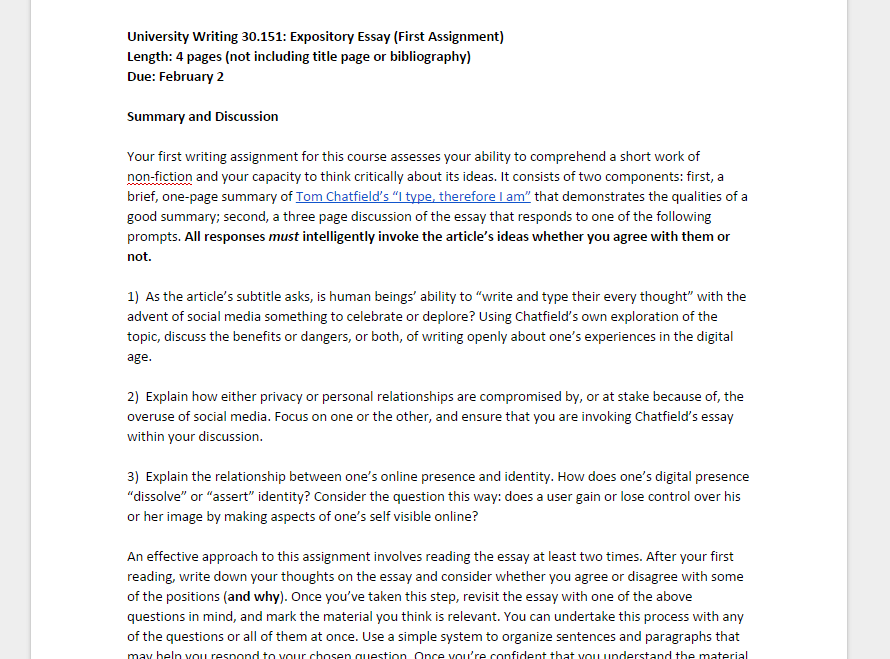UW: Jan 26, 2016 (Critical Reading, "I type, therefore I am," Paragraphing)
By Trent Gill
UW: Jan 26, 2016 (Critical Reading, "I type, therefore I am," Paragraphing)
Our discussion on critical reading expands on our topics from week 3. We take a deeper look at the methods and strategies writers use to get more out of a text. Summarizing, paraphrasing, and quoting are used to present information in a new context, but critical reading is how we make sense of attitudes, ideologies, and patterns of thought in a complex work. We'll discuss Tom Chatfield's "I type therefore I am" and show how close reading leads to exposition, two essential tools for reading and writing in an academic context.
